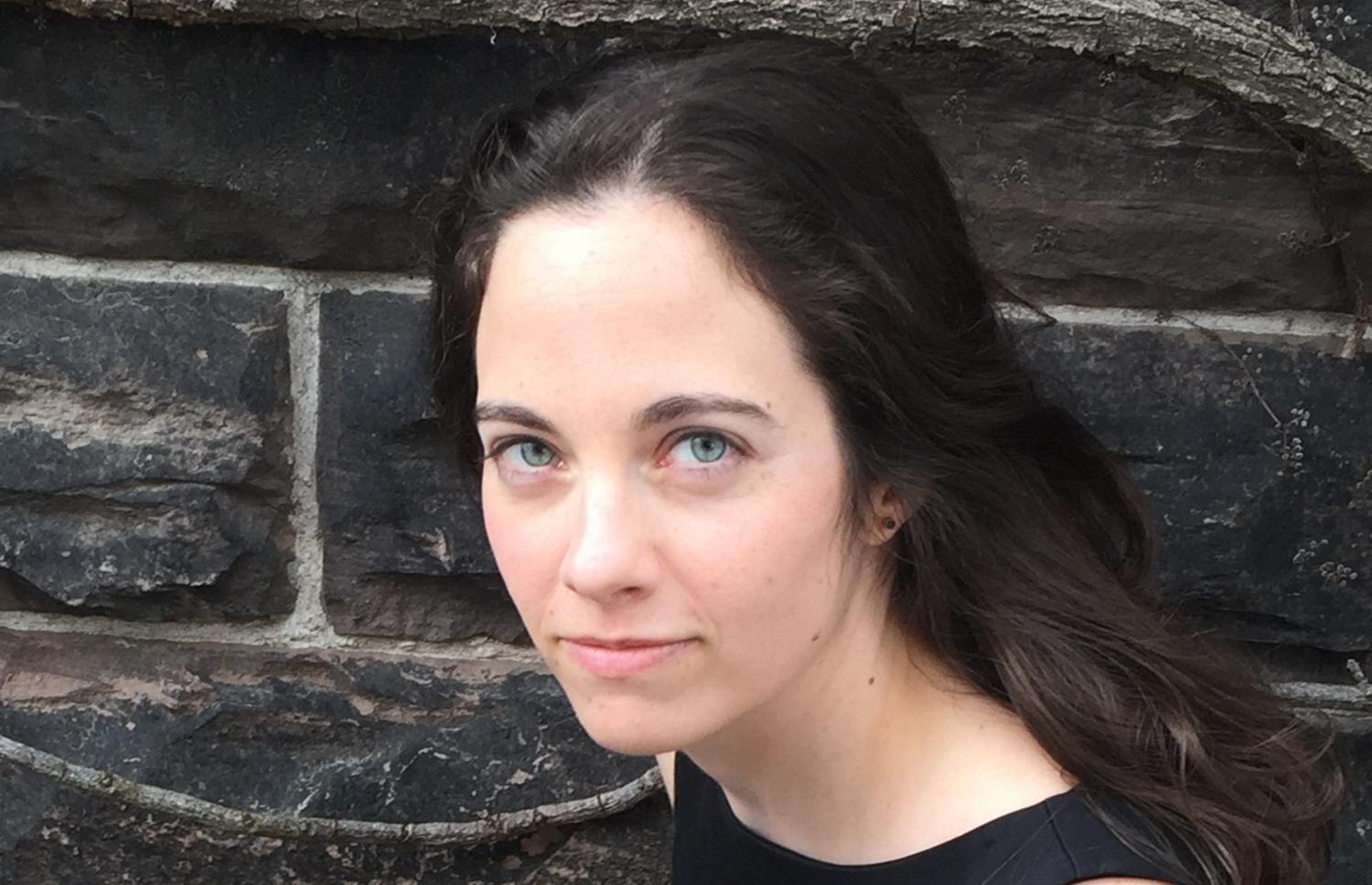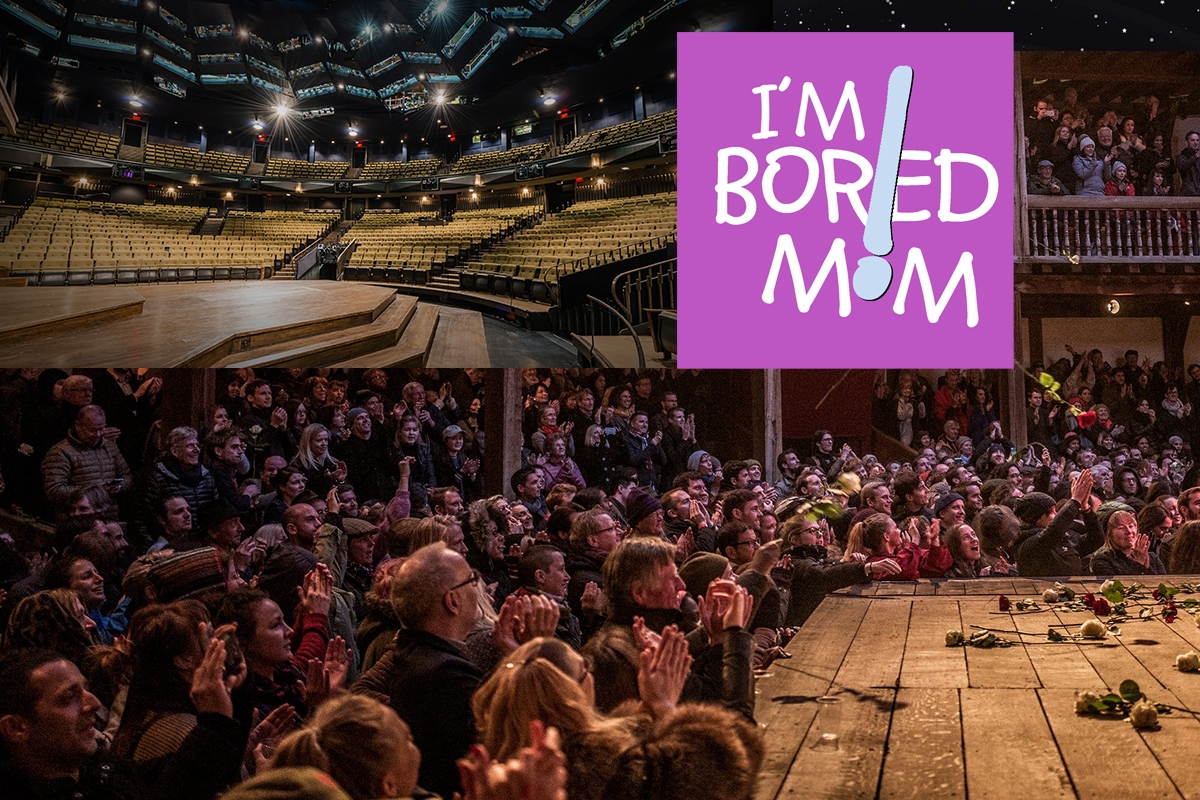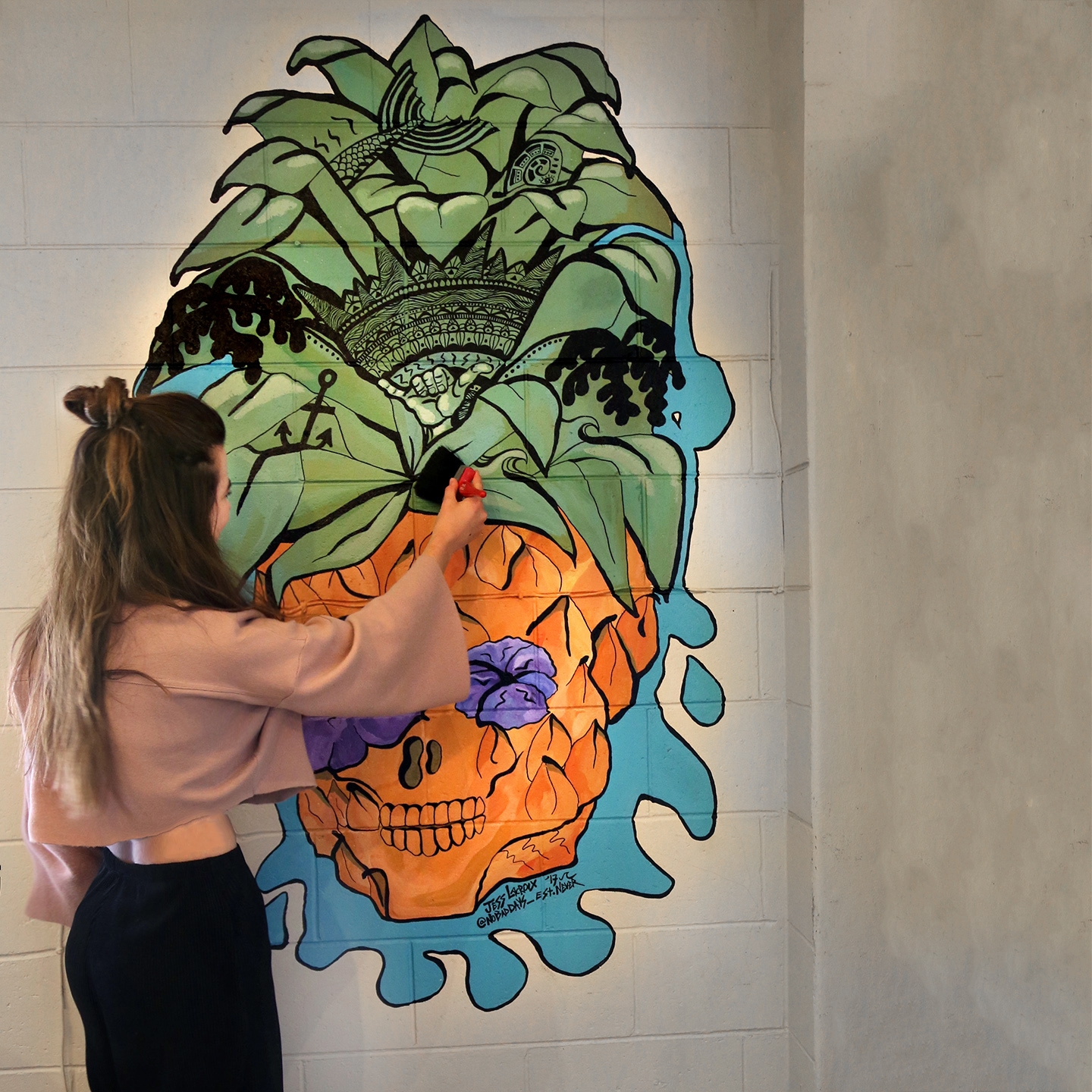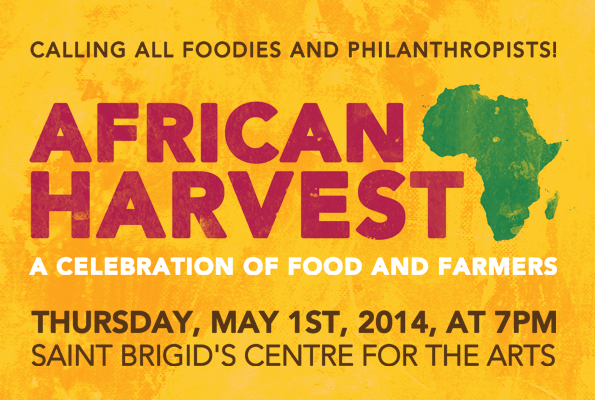
Breaks That Saved Northern Dreams and Healed Pains: One of the Oldest Hip-hop Dance Crews in Canada Celebrates its 30th Anniversary
Images courtesy of www.canadianbreaking.com
By Damira Davletyarova
Spectators pressed in, trying to see the dancers on the floor. Hip-hop stars circled. Cameras blinked. One dancer spun, dropping the body on the floor; he extended his legs. Half-lifting his body, he paused in mid-air.
At the Saint Brigid’s Centre for the Arts, hip-hop crews from Montreal, Toronto and Ottawa were celebrating the 30th birthday of Canadian Floor Masters (CFM), one of the oldest hip-hop dance crews in Canada. Over the years, CFM became an umbrella for the most marginalized groups of kids, saving many lives and many souls.
Once, as a third-grader, Wayne Lacasse was asked: "Whom do you want to be in life?" He responded: “I want to be alive.” Back then, the boy was raised by a single mother who struggled with alcoholism. Physically abused, neglected and having little to eat, Lacasse says he thought he would never reach adulthood.
Lacasse was 13 when he saw how roller-skaters were doing different tricks: popping and locking. At home, Lacasse tried to mimic the waves and robotic moves. He started to spend his nights roller-skating to escape his family nightmare. Then, the movie came. Flashdance dropped a bomb on the culture.
“I remember being in a theater, looking at it and yelling out ‘This is what I want to do!’ Ottawa just blew up. Everybody wanted to do it – age was not even a factor.”
Across Canada, dance crews were formed. With no YouTube, Facebook or classes to attend, the first generation of hip-hoppers learned from each other and from TV shows recorded on VCRs. In 1982, Lacasse and his mentor-friend Stephen Leafloor co-founded CFM in Ottawa.
Today, CFM is a shelter where young people with different backgrounds can find mentors, friends and most importantly – a voice.
Hip-hop as a social and mental outreach program
Leafloor, who has a Masters degree in Social Work, extended the CFM movement and founded BluePrintForLife (Social Work Through Hip Hop). The social enterprise provides an outreach and healing program through a one-week hip-hop training course. Tailored to each audience, the program is in great demand in communities as a way to help youth tackle different issues from alcoholism, to drug addiction and mental illness.
 Leafloor, who has an Inuit family connection, has been successfully working for the past seven years with First Nations communities in Nunavut and northern Quebec.
Leafloor, who has an Inuit family connection, has been successfully working for the past seven years with First Nations communities in Nunavut and northern Quebec.
The team designed special programs that combine hip-hop dance and First Nations traditions. They combined Inuit throat singing with drum beats made by mouth. They blended traditional dance with modern hip-hop moves to help aboriginal youth find their cultural voice.
“It’s a challenge for them figuring out where they fit in the modern world, where they can be a part of modern youth culture, but still hold on to their identity, their own culture,” Leafloor says.
Success story
The BluePrintForLife hip-hop program had a positive social and psychological impact on Inuit youth in Kugaruuk, says Dianne Cameron, one of the few casual mental health consultants working in the Kitikmeot Region, Nunavut.
Cameron says Leafloor's program reached many young people in her community, a community with high suicide rates, substance abuse, addictions and violence among youth. The hip-hop program allowed young people to express their struggles and issues, becoming a safe haven for vulnerable youth disengaged from society.
"BluePrint workshops are structured around themes such as bullying, abuse, suicide, drugs and alcohol – these subjects are openly discussed between participants and group leaders in a way that is invitational and non-threatening," says Cameron.
The mental health professional says hip-hop dancing builds confidence, raises self-esteem and pushes for personal development. Cameron says as a crew the dancers learn how to work together, teaching and encouraging each other to excel. She says such a model helps Aboriginal youth navigate their lives to a more positive path.
"It has been said that many Inuit youth have lost their sense of identity – not knowing where they fit between the world of their historical traditions and the new realities they face with exposure to today’s world. We believe that hip-hop can be an adaptable cultural voice to help them define this,” Cameron says.
In Kugaruuk, the results of Leafloor’s program speak for themselves. The kids kept dancing, and formed their own hip-hop club in Kugaardjuq School.
Lindi Andrews is a supervisor of the Kugaardjuq School’s hip-hop club. The BluePrint crew came with their one-week program to her school in October 2012. She says it was a wonderful experience for the junior and senior students.
“There were students that never came to school, coming to the workshop every day at 9:00 a.m. It was really great to see the students get passionate about something,” Andrews says.
The club meets once or twice a week in the school's gym. They practice old and new routines, socialize and have fun.
“The club gives the students something constructive to do outside of school time. I try to get the students to take ownership of the club, so it gives the young members a sense of responsibility,” the supervisor says.
Andrews says hip-hop program helped some of her students find their voices and speak up.
“The hip hop program seemed to really help one of last year's graduates come out of his shell. He took the "social work" part of the BluePrint workshop to heart. He started voicing his opinion more in the school, standing up for himself, and speaking out about injustices that he saw,” Andrews says.
Positive feedback
Many other positive stories inspire Leafloor to keep working. The elders of the Clyde River community told Leafloor that with hip-hop clubs, there has been a reduction in gas sniffing, youth crime and online gambling in Canada.
One of the hip-hop clubs was invited to Ottawa to perform in front of the former Governor General of Canada, says Leafloor. When the club was on its way to the capital, the elders insisted on sewing their traditional outfits for them. And the elders did that because the hip-hop club helped them shovel snow.
 Leafloor said: “This sense of pride – many of these kids have never been out of the Arctic and they had a chance to perform for Michaëlle Jean at Rideau Hall. They designed their own show that told a cultural story.”
Leafloor said: “This sense of pride – many of these kids have never been out of the Arctic and they had a chance to perform for Michaëlle Jean at Rideau Hall. They designed their own show that told a cultural story.”
In many places, hip-hop clubs become more than just dance clubs. They become outreach clubs, where the young help the community.
“Can you imagine the pride of the elders in a remote community, where a hip-hop club bakes cakes on Valentine’s Day and comes to visit them?" Leafloor asks.
Other stories made Leafloor cry. One day, he received a phone call from a schoolteacher from Pond Inlet, Nunavut, where his team worked with more than 100 students. The teacher told him that kids from a hip-hop club made a frost graffiti to honor their friend – a young girl who had just died.
"Up there, it’s so cold that in certain weather conditions, all sides of buildings have a thick frost on them," Leafloor says. "But then, those 50 kids went around all night: they took off their sealskin mitts and used the warmth of their fingers as they melted and traced words and drew pictures about missing and loving their friend, and celebrating a life worth living."
The next day when the sun came up, many people didn’t go to work. The community gathered around reading the messages on the walls, crying and hugging each other.
Leafloor says the kids also went to their homes and brought cans of food, because the family of the girl was poor. They lined up in front of the door presenting the food and expressing their condolences.
"If hip-hop is about building communities, that’s exactly what they did," Leafloor says. "I think that’s hip-hop. It’s not just about dancing. It’s about learning to care for each other.”
Today, the BluePrintForLife team has reached over 5,000 young people through 72 programs in 45 communities.













